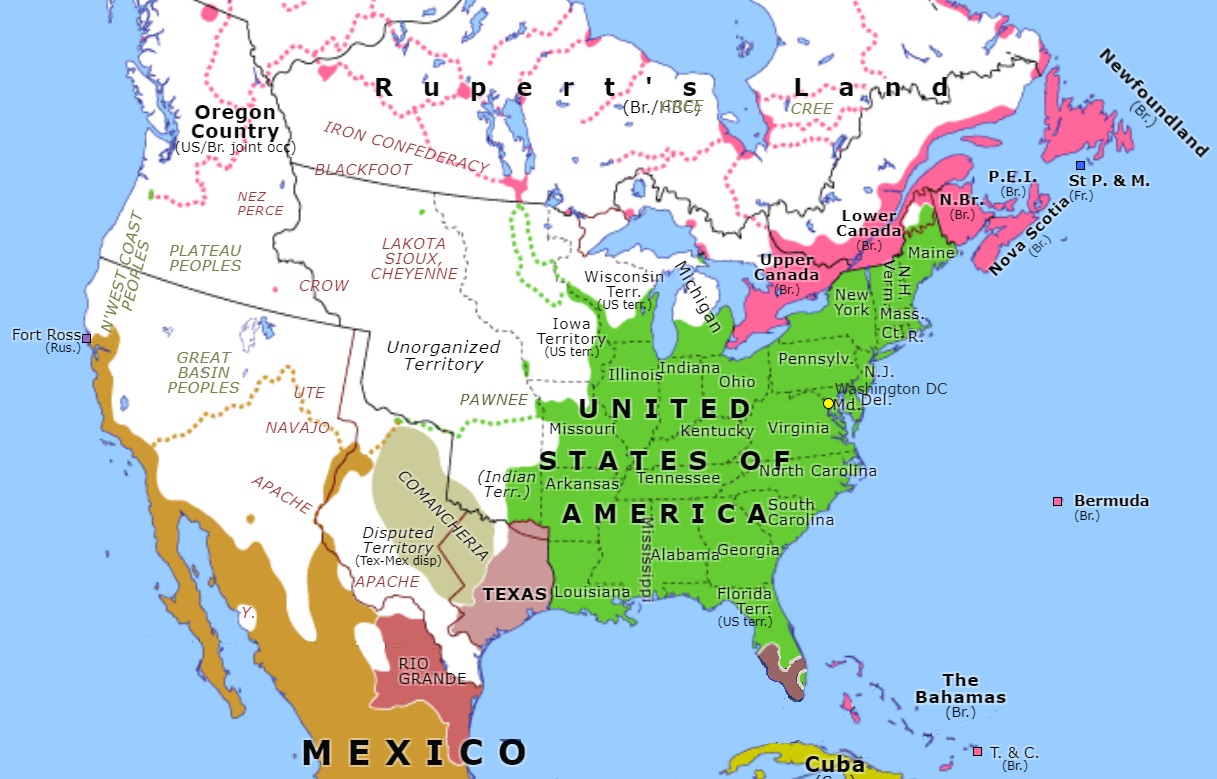|
|
|
|
This modern map of the United States in 1840 makes it clear that the Americans who crossed the Frontier were not moving into an uninhabited land; indeed, they knew that Indigenous Nations lived there because they had been trading with them for many years.
|
|
|
It would be a mistake to think that all Indigenous People were like the Sioux Nations who are the focus of your specification. Examples of other, very diverse Nations include:
|
Source ATo understand the history and cultures of the Americas requires understanding American Indian history from Indian perspectives.. Smithsonian National Museum of the American Indian.
Did You KnowThe word ‘Pueblo’ means ‘lives in a village’.
|
The Indigenous Nations of the PlainsIndigenous Nations of the Plains included: Apache, Arapaho, Cheyenne, Comanche, Crow and Sioux. What is amazing about them is how recent and how fleeting their way of life was. The first Indigenous Nation to develop a horse-based culture, the Comanches, did so only in the years after 1680; by 1840 they had built up an extensive area of influence called ‘Comancheria’ (see map). They were copied by other Indigenous Nations who, spectacularly quickly, developed a lifestyle perfectly suited to the Plains. And then, equally quickly, they were attacked and destroyed by the wašíču. The so-called ‘Plains Indians’ way of life from start to end did not last more than 150 years. The next three webpages are about that way of life:
|
Consider:Discuss Source A. What does it mean? What are its implications for the way you study this topic?
|
|
| |
